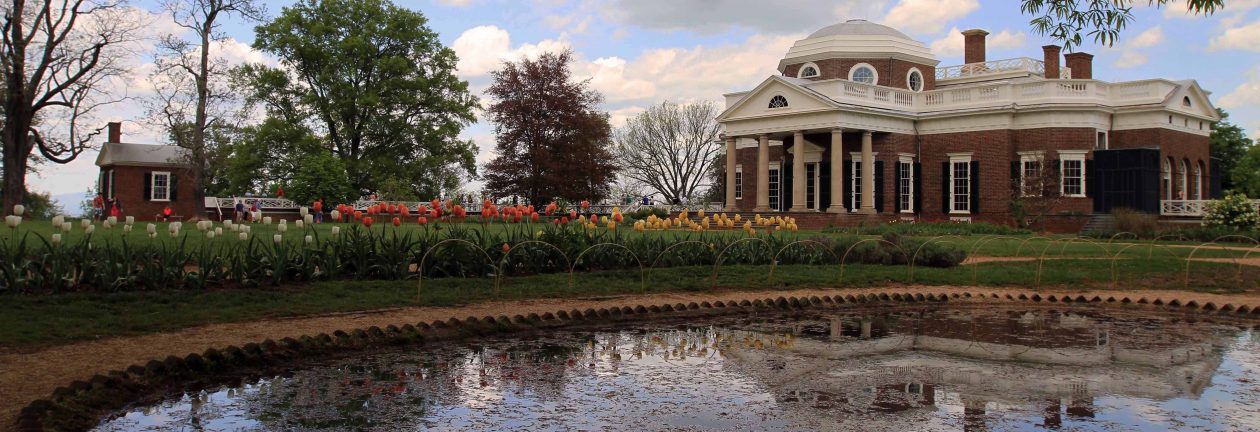Addis Ababa, Ethiopia
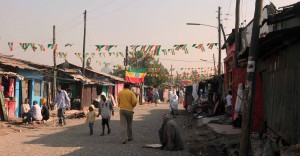
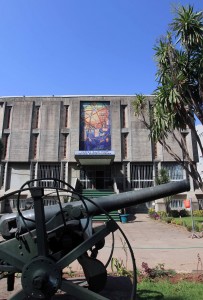
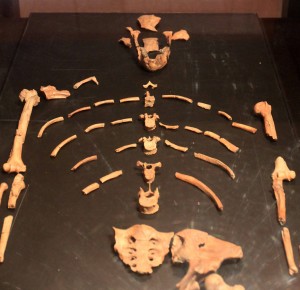
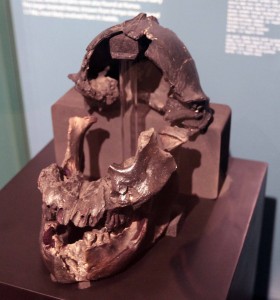
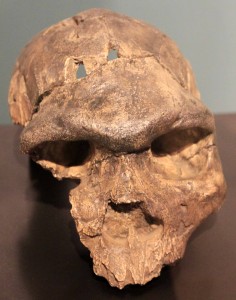
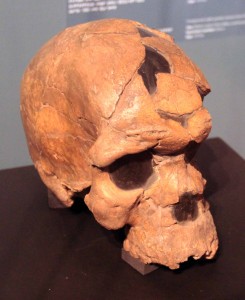
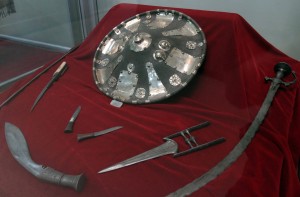
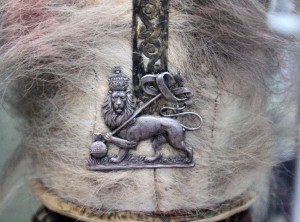
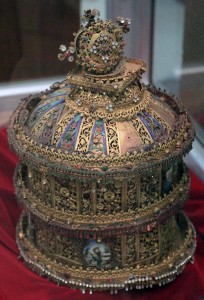
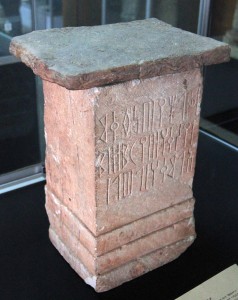
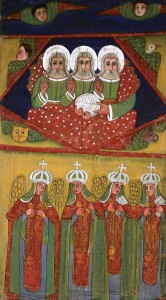
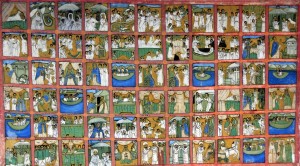
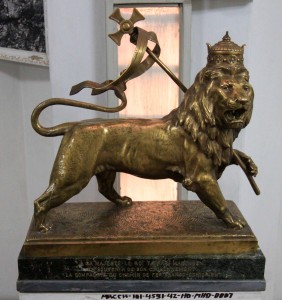
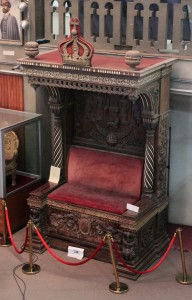
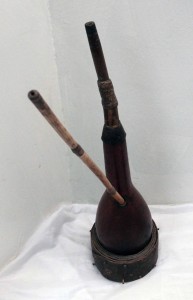
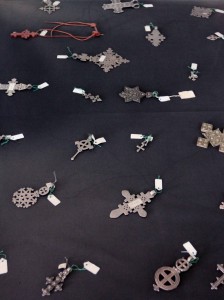
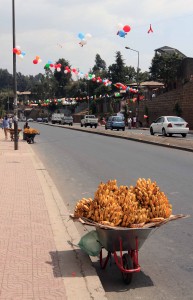
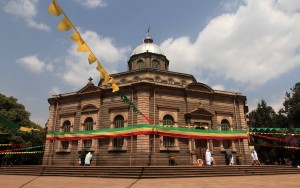
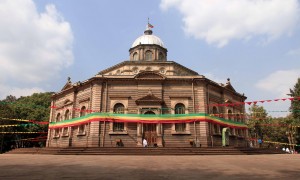
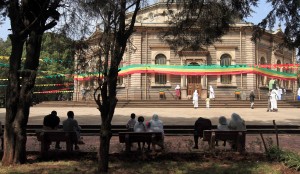
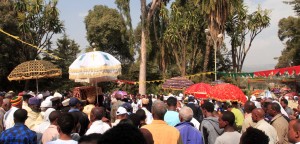
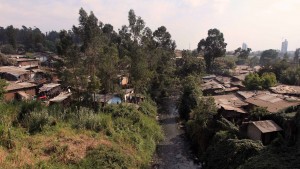
I woke up at 08:00 today, got ready, and walked out of the hotel. I then walked north, past the construction again, past the stream with the naked guy bathing again, past the National Palace again, and right on toward the National Museum of Ethiopia. I reached the museum, entered inside (only 10 birr ticket price, not bad), and proceeded to walk around, looking at the exhibits they had. The first exhibit was on evolution, prehistoric animals, and early man; this, just like the National Museum in Nairobi, was the best part of this museum; they had some excellent fossils of our ancestors and distant relatives on display; although, sadly, the skeleton of “Lucy”, that famous Australopithecus afarensis found in Ethiopia, was not on display and there was a replica for tourists to view instead (booo!). After touring the prehistoric section downstairs, I returned to the ground floor and viewed artifacts from the Axum Kingdom and leftover royal regalia of Ethiopia’s modern emperors (from the nineteenth to the twentieth-century). The next level of the museum had artwork on display (paintings and sculptures) and most of it was modern works from the twentieth century. The top floor of the museum had ethnological displays and showcased different traditional clothing, tools, and jewelry. Overall, the museum was quite small, but well worth a visit. I then exited the main building, walked around the grounds, briefly watched two large tortoises roaming about the museum’s lawn, and then exited the compound. Next, I walked north and then westward to where Google Maps has the Ethnological Museum located, but it was no where to be found (I later learned that it was somewhere in the nearby University). I then walked southward on the streets, passing by many people putting up decorations for Timkat (which falls on January 19th this year), the Ethiopian Orthodox celebration of the Epiphany; along the way, I passed by a park built in memorial for those soldiers who fought and died in the Korean War; I had no idea that Ethiopian soldiers were in the Korean War and later learned that Emperor Haile Selassie I sent the “Kagnew” Battalion to Korea as part of the United Nations forces. After passing the park, I walked to St. George’s Cathedral; the cathedral is octagonal in shape and was designed by Sebastiano Castagna; it was also built by Italian prisoners of war defeated at Adwa in 1896. When I reached the cathedral, a mass was going on inside and it was being broadcast on loudspeakers outside; I sat down and listed to the singing and chanting of mass; then, after 14:00, mass concluded and crowds gathered to watch the priests exit; all the women made sounds of ululation (evidently, Arabs are not the only ones who do this) and I watched as a procession of boys and priests with decorated parasols lined up, followed by priests with canes, the head priest of the cathedral, and the caretaker of the Ark of the Covenant (yes, that Ark, which the Ethiopian Orthodox church claims to have and yet has offered no proof of its existence . . . I think we need Indiana Jones to raid the Chapel of the Tablet in Axum, or maybe I can do it when I go there, hmm . . . fortune and glory, fortune and glory . . .). After watching the procession of priests exit the cathedral and head out in to the neighborhood, marking the beginning of celebrations for Timkat, I walked around the cathedral one more time (unfortunately it was closed for the day, so I could not enter) and then I visited the small museum nearby, which mostly had priestly clothes and old church relics on display. After visiting St. George’s Cathedral, I then walked southward, to the Hilton; I was hoping the Hilton would have Gatorade or one of its many imitations for sale to quench my thirst, but they did not; so I bought a carton of pear juice as a substitute instead and drank that. I then walked back toward my hotel, but stopped at another along the way to have my meal for the day; I ate lamb tibs (a spiced lamb stew served with Ethiopia’s crêpe-like, spongy bread, called “injera”), a basket of normal bread, and drank a couple of St. George beers (in Addis, St. George and the Lion of Judah can be found pretty much everywhere). I then returned to my hotel room, went through the pictures I had taken the last two days, and then eventually went to sleep.
